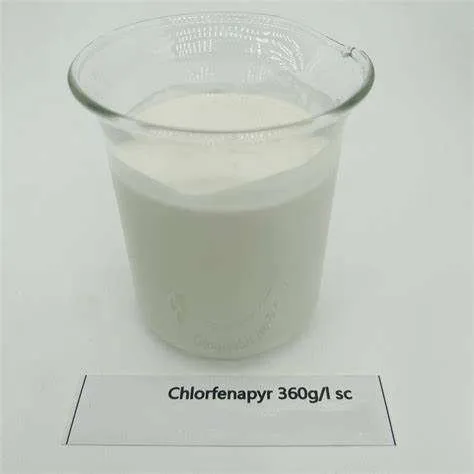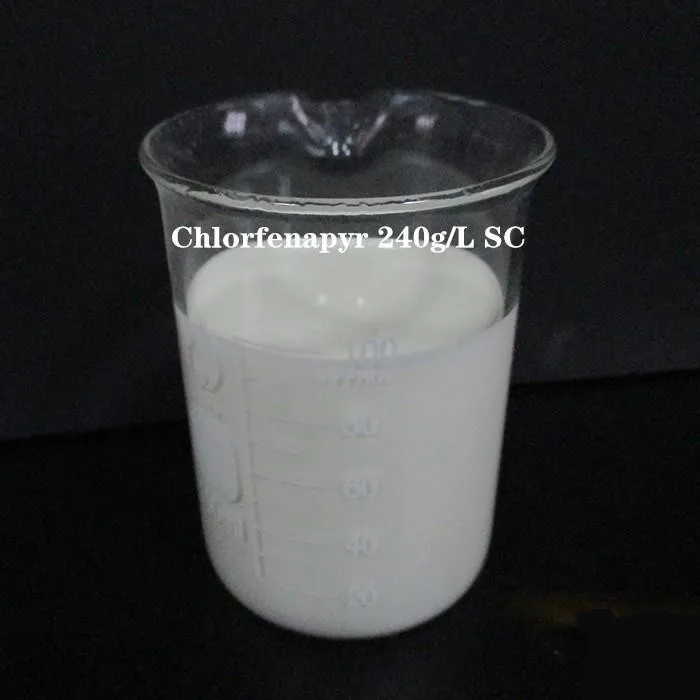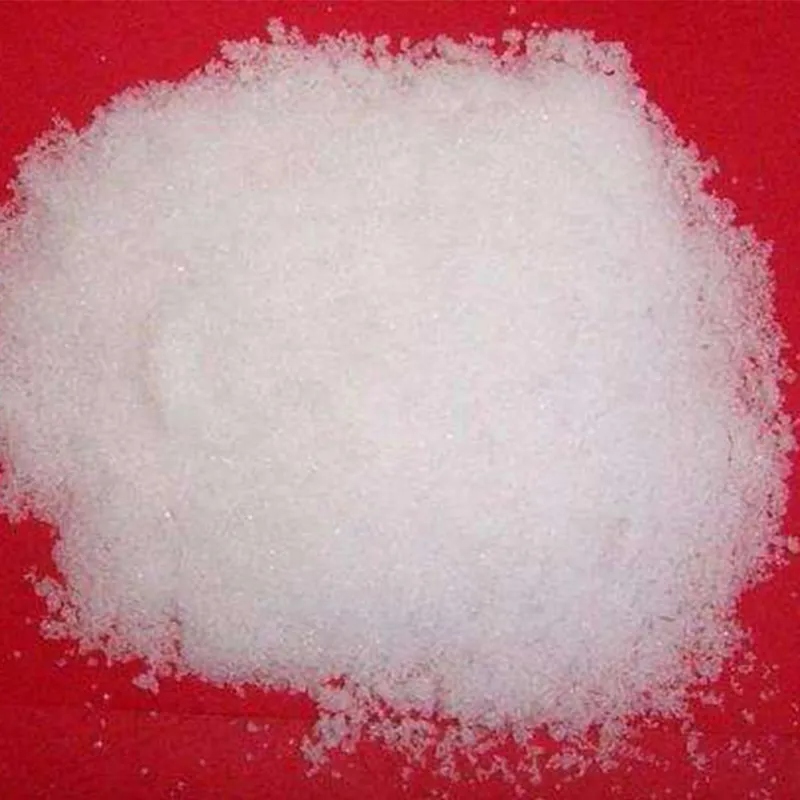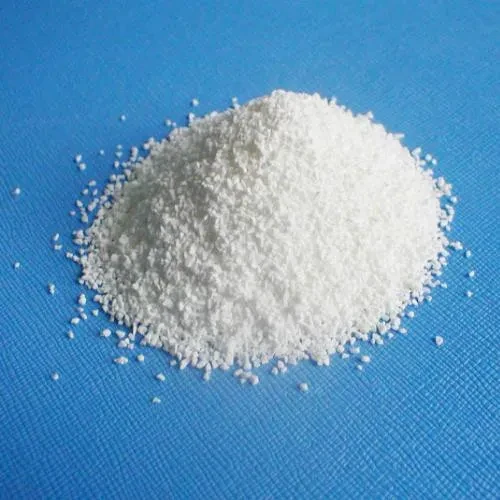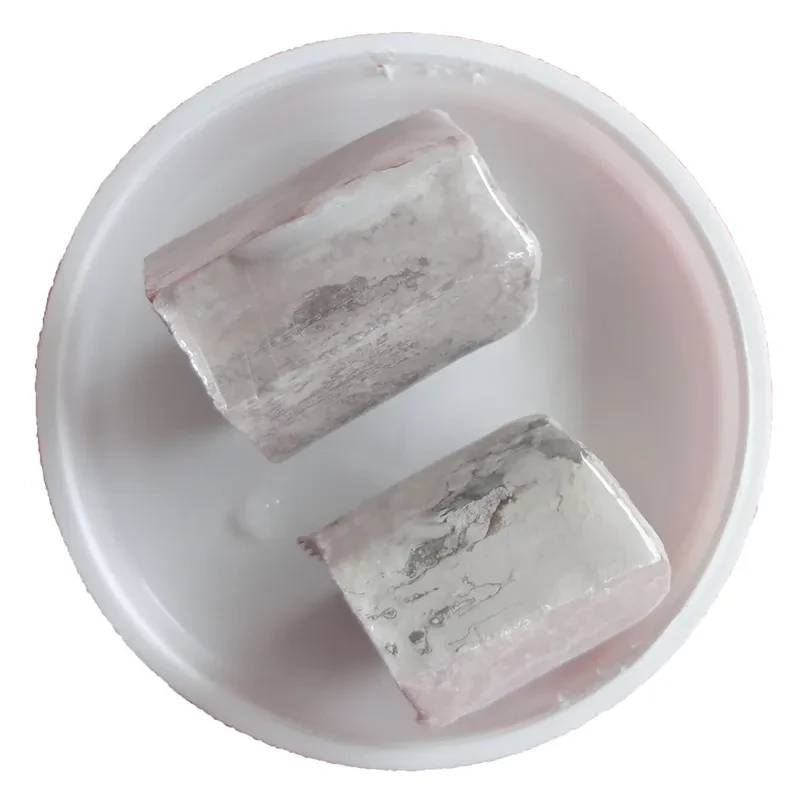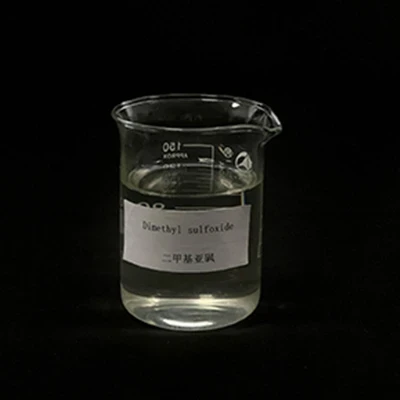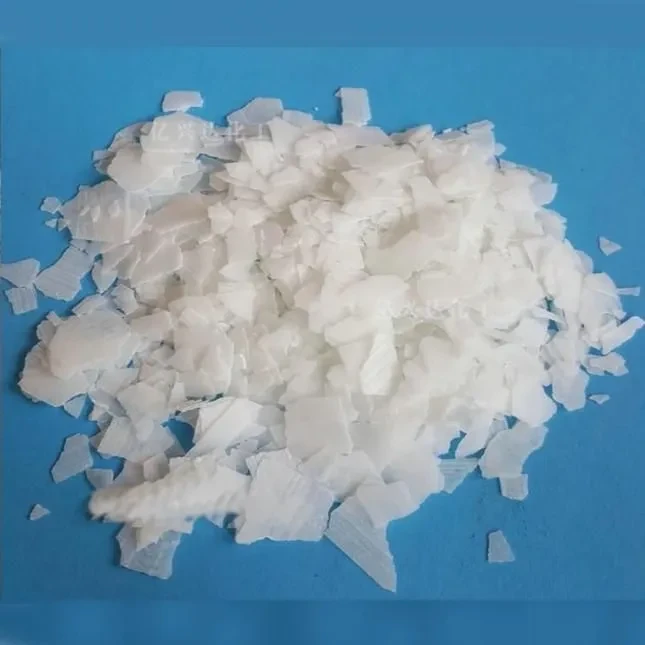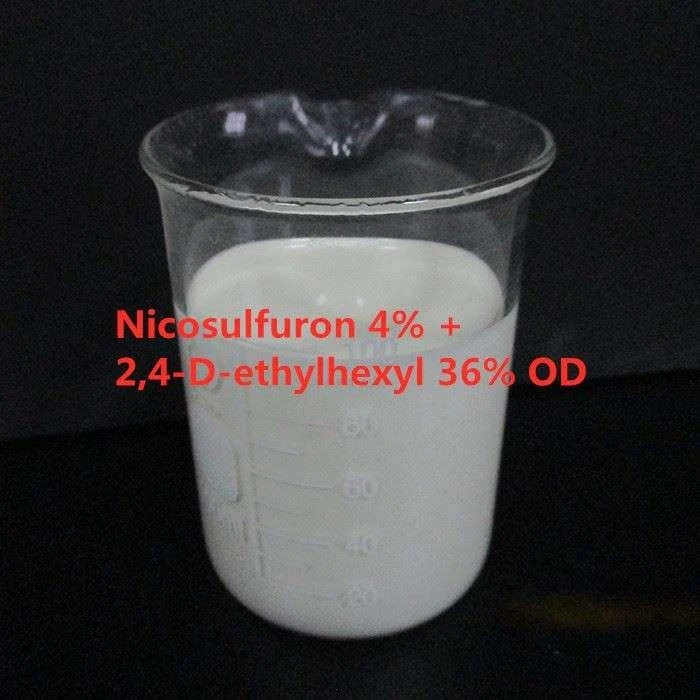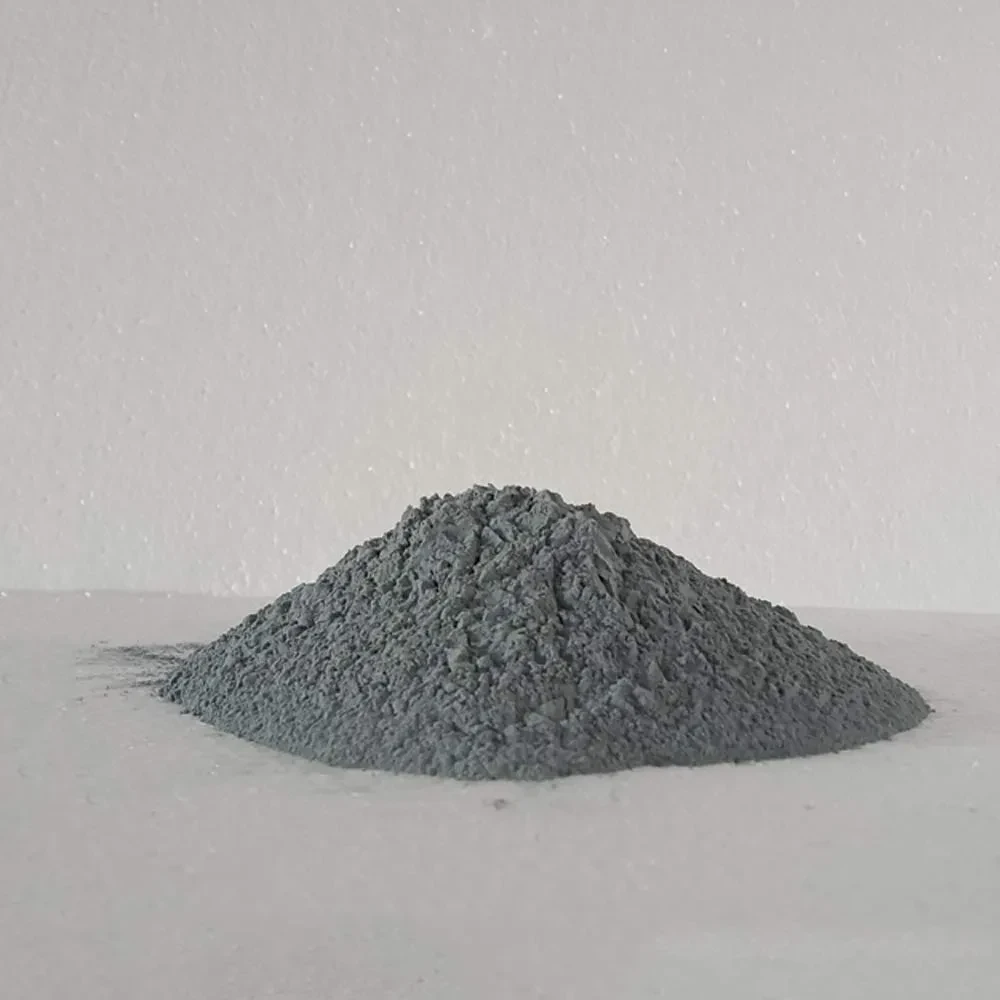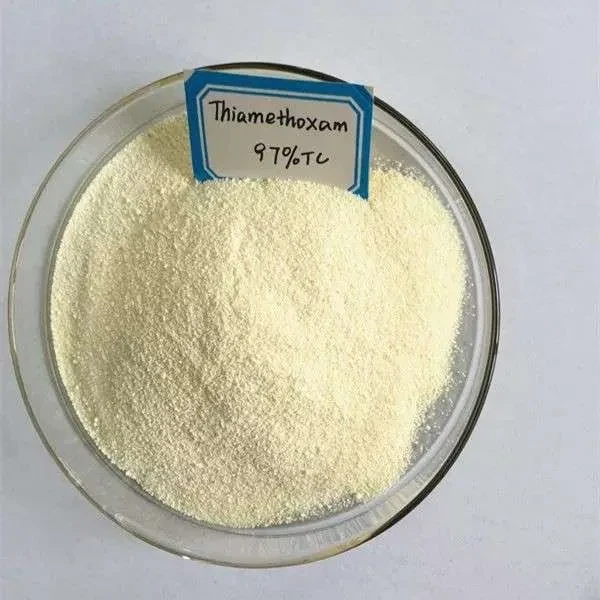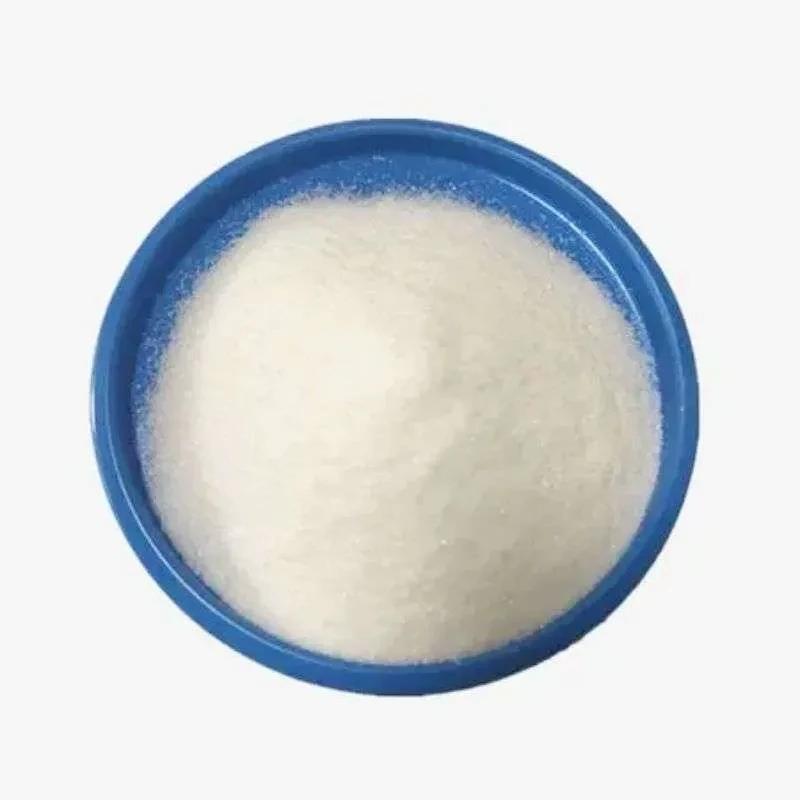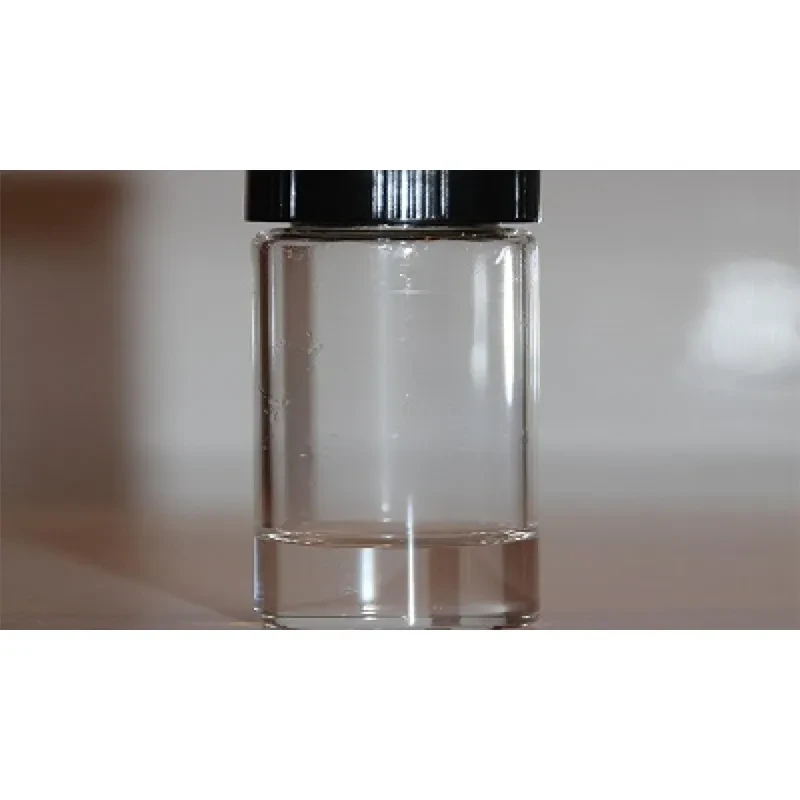Molecular Formula: C15H11BrClF3N2O
Molecular Weight: 407.61
|
Melting point |
91-92° |
|
Boiling point |
443.5±45.0 °C(Predicted) |
|
Density |
1.53±0.1 g/cm3(Pre dicted) |
|
storage temp. |
Sealed in dry,2-8°C |
|
Water Solubility |
Insoluble in water |
|
solubility |
DMSO: 250 mg/mL (613.33 mM) |
|
form |
Solid |
|
pka |
-18.00±0.70(Predicted) |
|
color |
White to Almost white |
|
Symbol(GHS) |
|
|
Signal word |
Danger |
|
Hazard Codes |
T;N,N,T |
|
RIDADR |
UN 2811 |
|
WGK Germany |
3 |
|
HS Code |
2933.99.1701 |
Chlorfenapyr is a broad spectrum pesticide which is not approved for use in the EU, and only approved for limited applications in the US (applications for ornamental plants in greenhouses). It was originally rejected for FDA approval due to avian and aquatic toxicity. Data on human toxicity is still scarce, but it has moderate mammalian toxicity when taken orally, causing vacuolation of the nervous system in mice and rats. It is not persistent in ecosystems, and has low aqueous solubility.
Chlorfenapyr can also be used as an insect-proofing agent in wool, and has been investigated for applications in malaria control.
Chlorfenapyr is a halogenated pyrrole based pro-insecticide. Chlorfenapyr functions by metabolizing into an active insecticide after entering the host. Chlorfenapyr is used primarily as a means of pes t control on cotton.
Acaracide, Insecticide, Miticide: Severely Restricted for use in EU. Active in U.S. as a foliar spray in greenhouses for ornamental crops and target pests including mites, caterpillar pests, thrips, and fungus gnats. No food use in U.S. Used on ornamental crops in commercial greenhouses to control mites, caterpillar pests, thrips and fungus gnats. Not for food use. Not an approved substance in EU countries. Registered for use in the U.S.



